
Wondering how old you have to be to ride a dirt bike? It’s less about a strict age and more about readiness. Dirt biking is a passion kids as young as 3 can enjoy with the right bike and supervision.
Ripping through muddy trails on an off-road motorcycle delivers pure adrenaline. Whether it’s backwoods paths or motocross tracks, the thrill is unbeatable!
How Old Do You Have to Be to Ride a Dirt Bike?
There’s no universal age limit for dirt biking. Kids as young as 3 can start with small bikes, but safety and skill matter most. Explore tips to get young riders rolling safely.
Understanding Age Limitations
Unlike tricycles with set age rules, dirt biking has no fixed minimum. In the UK and US, off-road riding depends on bike size, rider experience, and local laws—not a legal age like street bikes.
Rules vary by region. Key factors include:
- Bike size
- Rider experience
- Local regulations
Related: What Motorbike Can I Ride On a Car Licence?
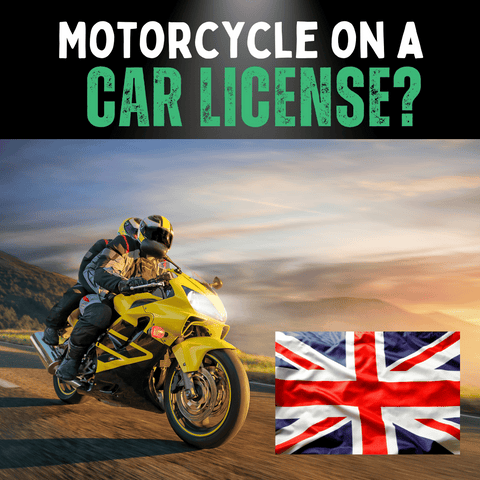
Determining the Right Age for Dirt Biking
You wouldn’t hand a toddler car keys—dirt bikes are no different. Maturity and skill trump age every time.
Starting Young: The Electric Era
Experts say kids as young as 3 can ride small electric dirt bikes. It’s their first wheeled adventure!
Related: Kids Motorcycles for Many Ages
Bicycling: A Dirt Bike Prelude
Can your child ride a bicycle confidently? That’s a sign they’re ready for a dirt bike, thanks to balance and control skills.
Training Days: From Wheels to Trails
Start with training wheels for safety. As skills grow, so can the bike—and their confidence.
Choosing the Right Kids Dirt Bike by Age
Picking a dirt bike is like choosing shoes—it must fit perfectly. Here’s a guide:
- Toddlers: 6V bikes with training wheels—safe and simple.
- Ages 3-6: Electric or small petrol bikes with stabilisers.
- Ages 7-12: 50cc-70cc bikes for growing riders.
- Ages 13+: 125cc-250cc bikes for teens ready to rip.
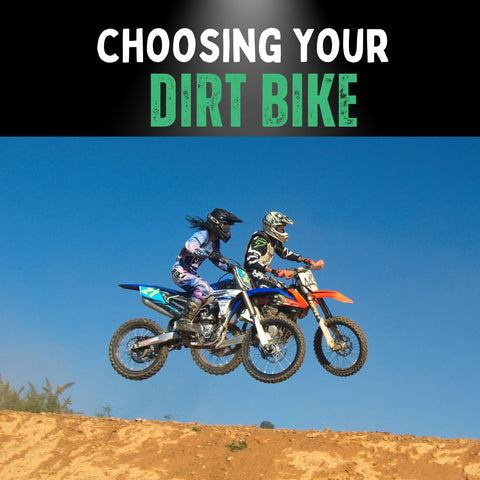
Related: The Ultimate Guide to Selecting Your First Electric Dirt Bike
Factors in Choosing a Dirt Bike for Kids
Age sets the stage, but kids grow fast. A bike for a 5-year-old might not fit next year.
Safety Tip: Look for bikes with throttle limiters to cap speed (e.g., 50% power) for beginners.
Petrol vs. Electric
Electric bikes suit young beginners with simple controls and quiet rides. Petrol bikes offer more power for skilled riders.
Transmission Choices
Beginners love automatic transmissions for ease. Manuals teach control as skills advance.
Engine Size and Seat Height
Engine size (cc) dictates power—match it to experience, not just age. Seat height ensures feet touch the ground for stability.
Types of Dirt Bikes
Different bikes suit different rides:
Motocross Bikes (MX)
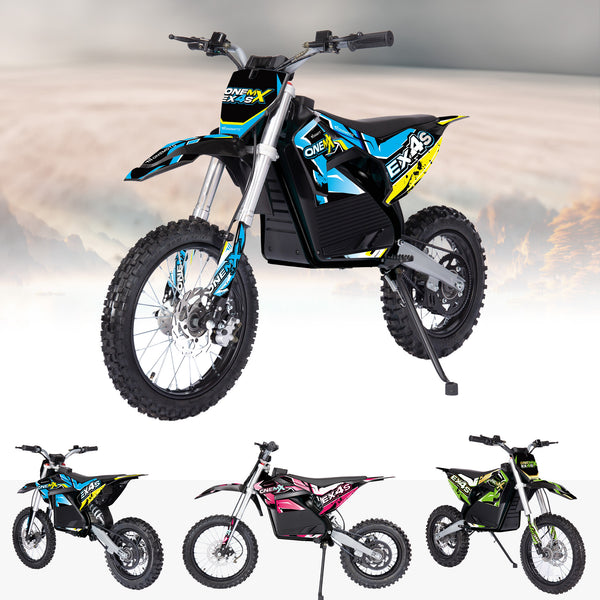
Light and agile, MX bikes are built for racing and jumps.
Trail Bikes

Durable and smooth, trail bikes handle long off-road treks.
Enduro Bikes

Versatile enduros mix off-road and street-legal features.
Trial Bikes

Light and seatless, trial bikes focus on balance and obstacles.
Where to Ride?
Beginners thrive at dirt bike tracks or parks—safe spots to learn before tackling tougher terrain.
Pro Tips
Instructors assess readiness and teach proven techniques. Manufacturer insights help pick the perfect bike.
Safety Gear Essentials
Riding without gear is a risk not worth taking. Helmets, boots, and armor are musts.
Kid Tip: Adjustable gear (e.g., helmets with pads) grows with them.
Gear Breakdown
- Helmets: DOT/ECE-approved, snug fit.
- Goggles: UV protection, anti-fog.
- Boots: Ankle support, good tread.
- Armor: Flexible chest protection.
- Gloves: Grip and abrasion resistance.
- Pads: Knee/elbow cushioning.
Related: How to Be a Responsible Motorcycle Rider
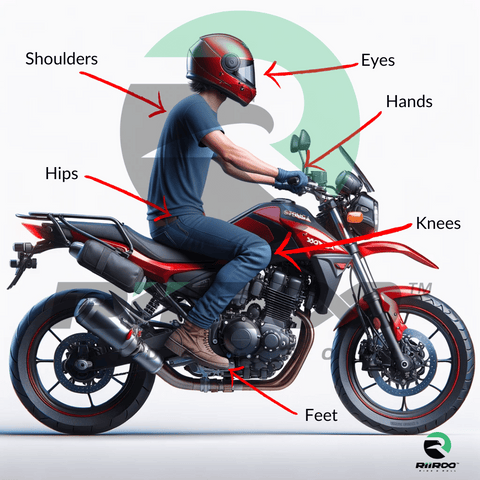
Why Gear Matters
Gear reduces risks and boosts confidence, letting kids push limits safely.
Supervision Guidelines
Kids need oversight to balance thrill and safety:
- Direct: Close supervision for beginners.
- Step Back: More freedom as skills grow.
- Lessons: Turn rides into learning moments.
- Buddies: Pair with peers for safety.
- Check-ins: Teens report back on longer rides.
Key Takeaways
- Safety First: Always gear up.
- Custom Fit: Match bikes to skill and regs.
- Readiness: Age is just a starting point.
Recent Advancements in Dirt Bike Tech
Tech boosts fun and safety for young riders:
Engines
- Two-Stroke: Light, powerful, race-ready.
- Electric: Quiet, easy, long-lasting.
Suspension
Smooths rough rides, protecting growing bodies.
Cooling
Water cooling keeps bikes running strong.
Kid Bonus: Speed limiters for safe learning.
Safety Updates
- ABS: Better braking control.
- Traction: Grip on tricky terrain.
- AR Helmets: Smarter visibility.
UK Dirt Bike Training for Kids
Dirt Bike Training Programs
| Program | Location | Details |
|---|---|---|
| Chiltern Young Riders A | Hertfordshire, UK |
|
| Desert Rose Riding Academy B | East Sussex, UK |
|
| MX Factory Off Road School C | Gloucestershire, UK |
|
| Adventure Bike Training Schools D | Wales, UK |
|
In Conclusion
How old do you have to be to ride a dirt bike? It’s about readiness, safety, and joy. Here’s to epic rides ahead!
FAQs
Are there dirt bikes for kids?
Yes, smaller bikes (50cc-150cc) with safety features like speed limiters are designed for kids.
How do I know my child is ready?
Bicycle skills, balance, and rule-following show readiness—plus enthusiasm!
What’s the difference between kids’ and adults’ bikes?
Kids’ bikes have lower seats (18"-34") and smaller engines (50cc-150cc) vs. adults’ (35"-38", 230cc-450cc).
Should kids take training?
Absolutely—classes teach skills and safety for a confident start.
How much is a beginner dirt bike?
Kids’ bikes range from £200-£1,000, depending on power and brand.
Can kids ride on public land?
Check local laws—UK public land often bans bikes, so use private tracks.
Ready to Ride?
Kickstart your child’s dirt biking journey with safety and fun. Visit RiiRoo.com for bikes and gear!


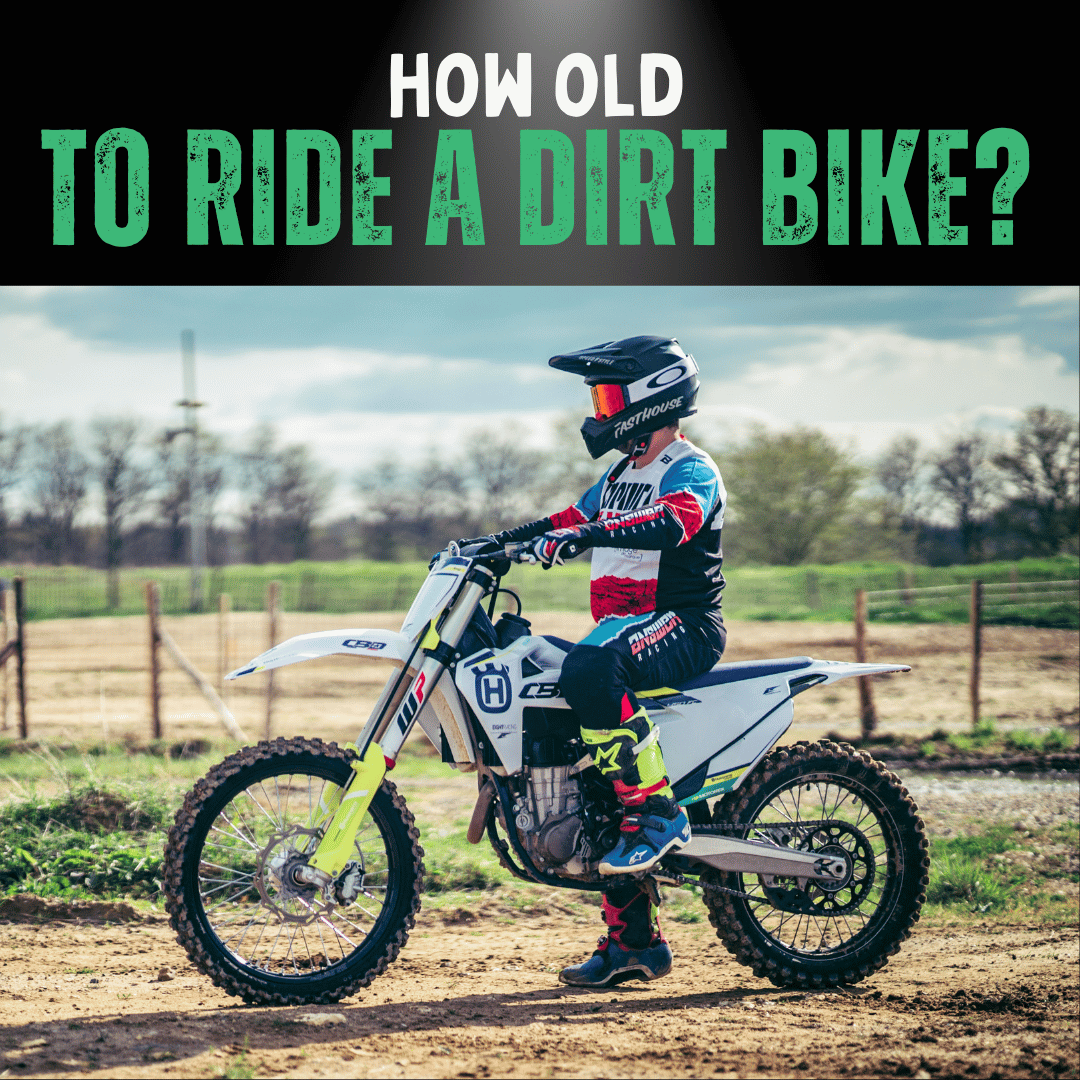


Share:
Is It Bad To Ride A Dirt Bike With The Choke On?
How to Change a Dirt Bike Tyre - Just 7 Steps